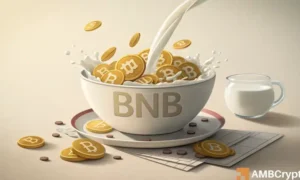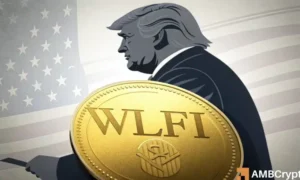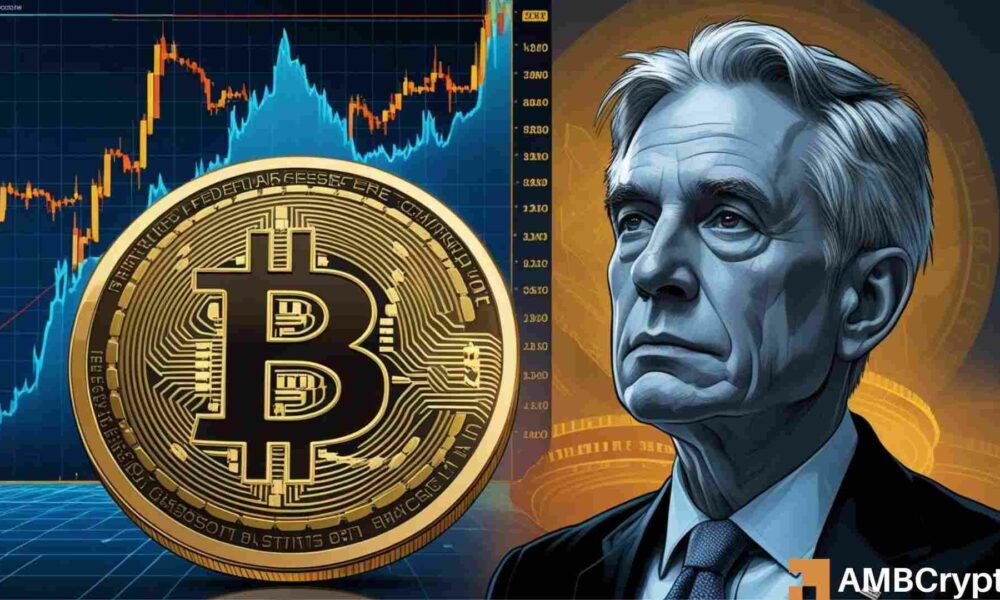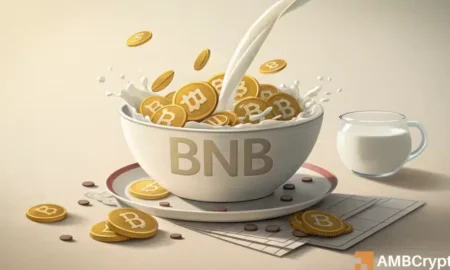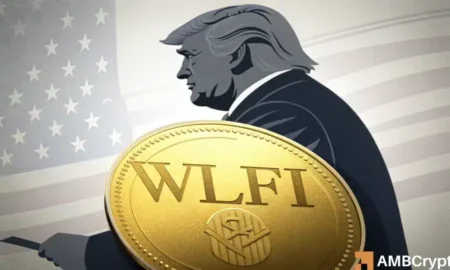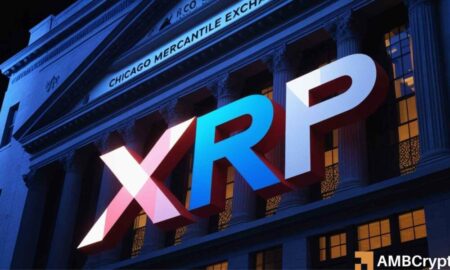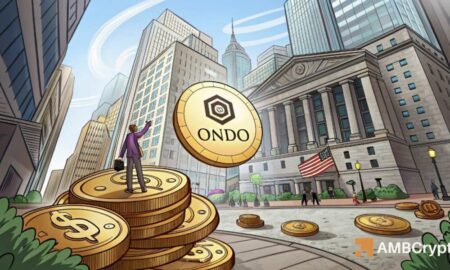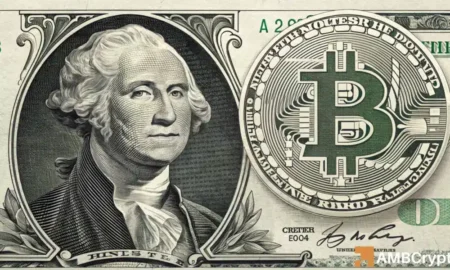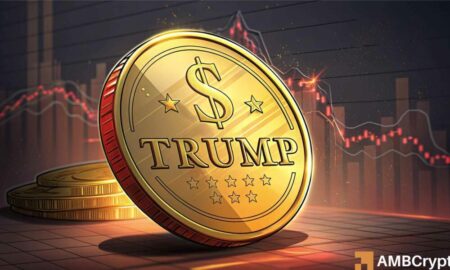Analyzing Bitcoin’s Response to Jerome Powell’s Dovish Stance on Monetary Policy
Recently, Bitcoin (BTC) experienced a significant uptick, surging by about 5% to reach approximately $117,000, driven by a surprising dovish remark made by Federal Reserve Chair Jerome Powell during the Jackson Hole Symposium on August 22. His comments hinted at possible interest rate cuts in September, a suggestion that was particularly welcomed by investors amid ongoing labor-market risks. While Powell underscored persistent inflation concerns, his remarks may have set the stage for a potentially volatile but favorable environment for cryptocurrencies like Bitcoin.
The Market Reaction to Powell’s Speech
Following Powell’s dovish statements, market participants reacted quickly; Bitcoin’s price jumped from $111,600 to over $117,000 in a matter of hours. This spike was emblematic of a broader bullish sentiment, as evidenced by a sharp increase in Open Interest (OI) in Bitcoin futures. Approximately $300 million flowed into Binance’s derivatives market shortly after Powell’s speech, indicating a strong appetite from leveraged bulls. However, despite this immediate surge, by the time of writing, Bitcoin’s price had cooled down to about $116,000, revealing a mixed sentiment among investors as they digested the implications of Powell’s words.
Mixed Perspectives From Industry Experts
Diverse opinions emerged from market experts regarding Powell’s statements. Roshan Robert, CEO of OKX U.S., expressed optimism, stating that potential rate cuts could enhance investor appetite for cryptocurrencies. He believes that a conducive monetary policy not only eases financial conditions but also rejuvenates liquidity in markets. This scenario could pave the way for cryptocurrencies to transition from a hedge asset to a core investment for many.
In contrast, Katalin Tischhauser, Head of Research at Sygnum Bank, critiqued Powell’s messaging as ‘contradictory.’ She pointed out that while Powell alluded to risks in the labor market, he simultaneously claimed it was relatively robust. Tischhauser’s analysis suggests that such mixed signals could leave investors uncertain about the Fed’s actual intentions regarding interest rates. Nevertheless, she remained hopeful about the potential for a continued rally in the crypto market despite this uncertainty.
The Role of Leverage in Bitcoin’s Rally
One important aspect of this rally is the role of leverage. Notably, while Bitcoin price surged, there was a striking outflow of $23.15 million from spot Bitcoin ETFs on the same Friday, bringing total weekly outflows to $1.17 billion. This disconnection raises questions about the sustainability of the recent gains and highlights a risk-off sentiment among U.S. retail investors. The current environment might be driven largely by leveraged positions, which can amplify both upward and downward price movements.
Upcoming Economic Indicators to Watch
Looking ahead, investors should keep a close eye on upcoming economic indicators that may impact Bitcoin’s trajectory. For instance, U.S. unemployment claims set to be released on August 28 will provide crucial insights into the labor market. Since Powell’s dovish comments revolve around labor market dynamics, these figures could play a significant role in influencing the Fed’s policy direction and, consequently, Bitcoin’s price movements. Observing these trends will be critical in determining whether Bitcoin can reclaim the psychological $120,000 level in the near future.
Conclusion: Navigating a Complex Market Landscape
The dynamics surrounding Bitcoin are as complex as ever, especially with the recent dovish tilt from Jerome Powell. While the immediate reaction has been bullish, the mixed views from market experts provide a cautionary note. Investors are advised to remain vigilant and consider macroeconomic indicators, as they may dictate future price movements. As the landscape evolves, Bitcoin continues to showcase its potential to serve not only as a speculative asset but as a viable component of a long-term investment strategy in an ever-changing economic environment.
